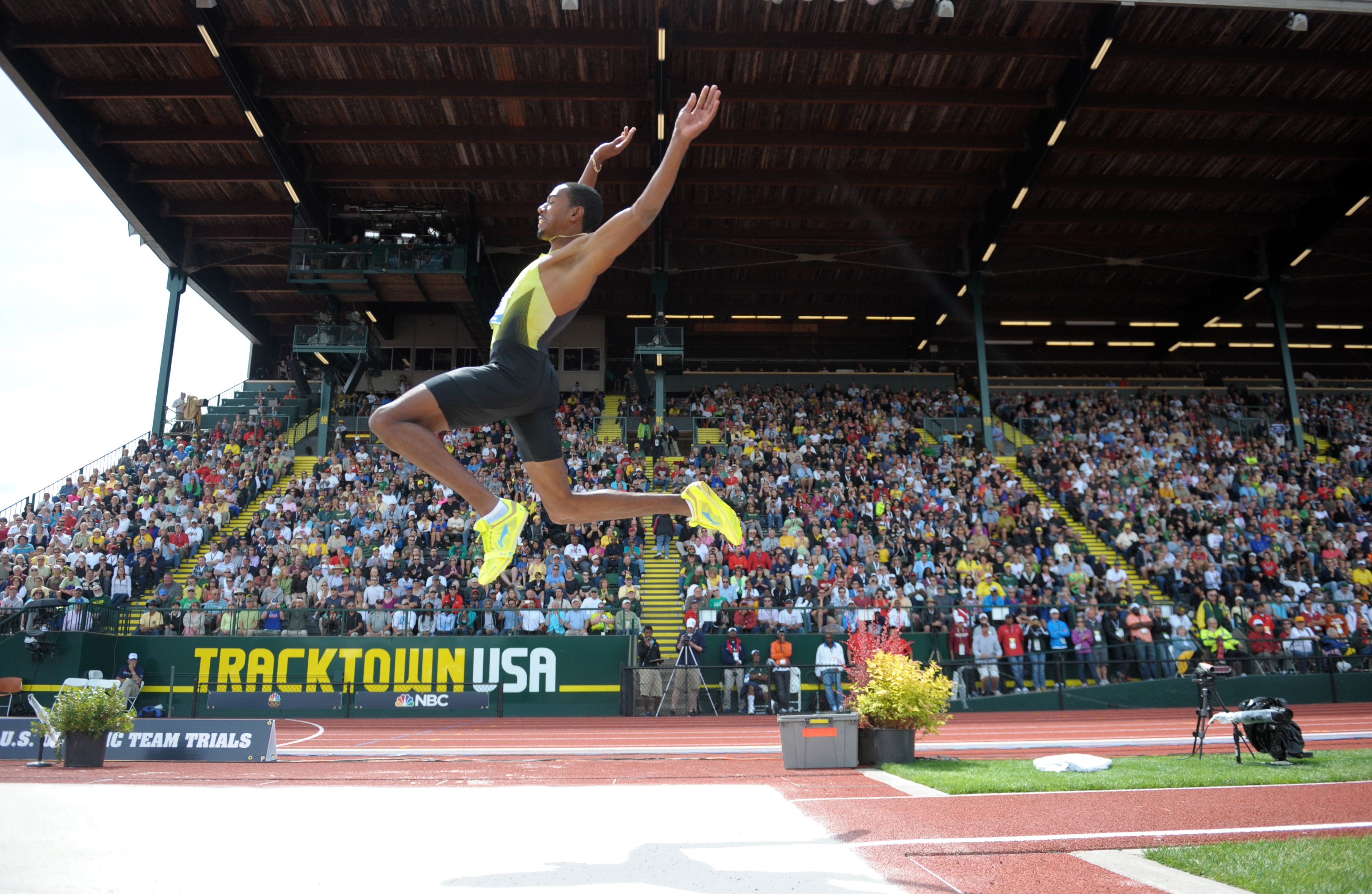History and Evolution of Long Jump at the Summer Olympics

The long jump, a captivating display of athleticism and grace, has been a cornerstone of the Olympic Games since their inception. From its humble beginnings to its modern-day evolution, the event has witnessed remarkable advancements in techniques, equipment, and the pursuit of greater distances.
Early Evolution and Rule Changes
The long jump has a rich history dating back to ancient Greece, where it was known as the “halma.” The event was included in the ancient Olympic Games, but the rules and techniques differed significantly from those of today. In the early days, athletes would take a running start and leap into a sand pit, with the distance measured from the edge of the pit to the point where the athlete landed.
The modern long jump, as we know it, emerged in the 19th century, with the introduction of the “takeoff board” and the “foul line.” The takeoff board standardized the starting point, while the foul line defined the area beyond which the jump would be considered invalid. These innovations significantly improved the accuracy and fairness of the event.
Notable Athletes and Their Contributions
Throughout the history of the long jump, numerous athletes have made significant contributions to the event’s evolution.
- Jesse Owens, an American track and field athlete, dominated the 1936 Berlin Olympics, winning the long jump with a then-world record of 8.06 meters. Owens’s achievements were particularly significant during a time of racial segregation and discrimination in the United States. His victories helped to challenge racial stereotypes and inspire generations of athletes.
- Bob Beamon, an American long jumper, stunned the world at the 1968 Mexico City Olympics with a record-breaking jump of 8.90 meters, a mark that stood for over 23 years. Beamon’s jump, which surpassed the previous world record by 55 centimeters, was a testament to the advancements in training and technique.
- Carl Lewis, an American track and field athlete, was a dominant force in the long jump during the 1980s and 1990s. Lewis won four Olympic gold medals in the event and holds the record for the most Olympic long jump titles. His powerful and elegant jumping style revolutionized the sport.
Long Jump Schedule and Qualification Process: Athletics At The Summer Olympics – Long Jump Schedule

The long jump event at the Summer Olympics is a captivating display of athleticism and precision. Athletes compete in a series of rounds to determine who will claim the coveted gold medal. This section provides a detailed explanation of the long jump schedule and the qualification process for competing in this exhilarating event.
Schedule and Rounds
The long jump competition at the Olympics typically consists of two rounds: the qualifying round and the final. The qualifying round serves as a preliminary stage, where athletes aim to secure their spot in the final. The final round features the top performers from the qualifying round, who then compete for the Olympic medals.
The exact schedule of the long jump competition can vary depending on the specific Olympic Games, but generally follows a similar format:
- Qualifying Round: Athletes have three attempts to achieve a qualifying distance. The qualifying distance is set by the International Association of Athletics Federations (IAAF) and varies slightly from one Olympic Games to another. For example, at the 2020 Tokyo Olympics, the qualifying distance for men was 8.15 meters and for women was 6.70 meters.
- Final Round: The top 12 athletes from the qualifying round advance to the final. The final round consists of three attempts for each athlete. The athlete with the longest jump wins the gold medal. In the case of a tie, the athlete with the second-longest jump wins the silver medal, and the athlete with the third-longest jump wins the bronze medal.
Qualification Process, Athletics at the summer olympics – long jump schedule
The qualification process for the long jump event at the Olympics involves meeting specific standards and competing in various qualifying competitions.
- World Athletics Ranking: Athletes can qualify for the Olympics based on their world athletics ranking. The IAAF sets qualifying standards for each event, including the long jump. Athletes who achieve the qualifying standard in a designated timeframe are automatically eligible for the Olympics.
- Continental Championships: Athletes can also qualify for the Olympics by winning a medal at continental championships, such as the African Athletics Championships, the Asian Athletics Championships, the European Athletics Championships, or the Pan American Games. These championships provide opportunities for athletes to demonstrate their abilities and earn a spot in the Olympic Games.
- Olympic Qualifying Events: The IAAF organizes various Olympic qualifying events throughout the world, including the World Athletics Championships. These events serve as a final opportunity for athletes to qualify for the Olympics. Athletes who finish in the top qualifying positions in these events earn a spot in the Olympic Games.
Athletics at the summer olympics – long jump schedule – The long jump schedule at the Summer Olympics is a captivating event that showcases the athletic prowess of the world’s best jumpers. India’s participation in the India Olympics 2024 will be closely watched, particularly in events like the long jump, where the nation has a strong tradition of success.
The long jump, with its blend of speed, power, and technique, is a captivating event that will undoubtedly be a highlight of the upcoming Games.
The long jump, a staple of Olympic athletics, showcases athletes’ power and precision in a thrilling display of athleticism. While the long jump requires a burst of speed and a controlled leap, the javelin throw demands a different set of skills, emphasizing strength, accuracy, and technique.
For a comprehensive understanding of the javelin throw competition at the Summer Olympics, including the schedule and results, visit athletics at the summer olympics – javelin throw schedule and results. Returning to the long jump, the event’s final round is often a nail-biting affair, with athletes pushing their limits in pursuit of Olympic glory.
